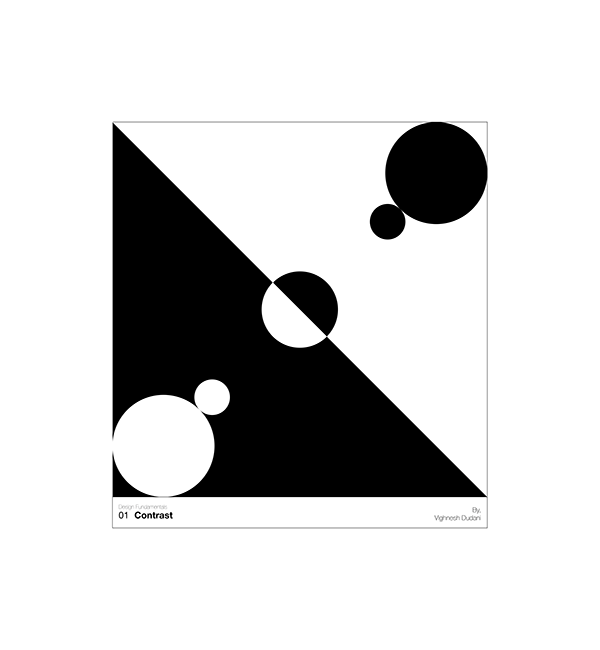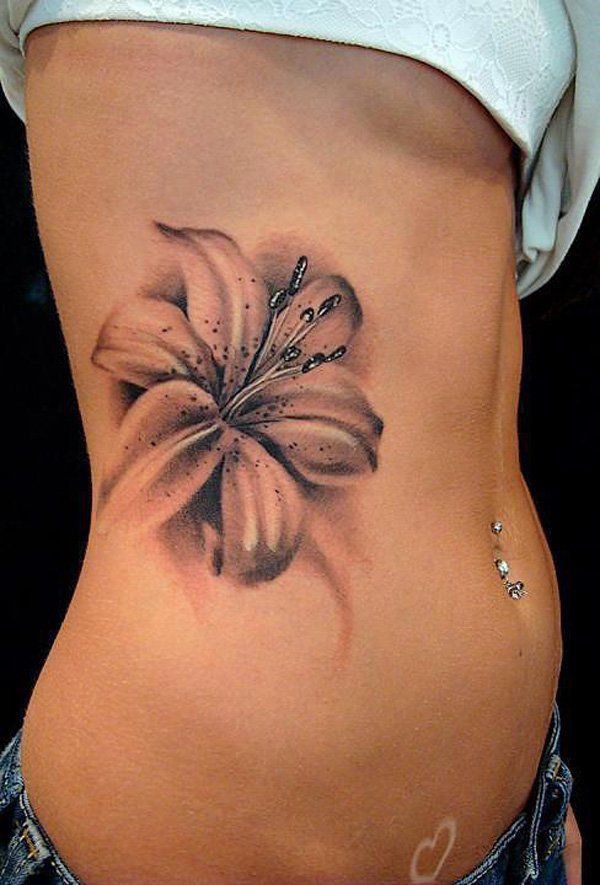Table Of Content

Balance is the most common and most important principle of every design. Unlike natural patterns, geometric patterns are also popular among designers. Using patterns gives your brand the edge to use them in more applications and backdrops and even form a design motif that can become a centerpiece at events. If you have a light blue background image, write your copy in a darker font, most preferably on a patch over a part of the image so that it can be seen.
Popular Articles
The associative mind of a customer can link your emailer with the massive signage they saw on your office building and put two-and-two together. Simple design doesn’t have to be dull, but it should prioritize one thing as the focal point of the page. The primary purpose is to view the images, and everything else is stripped away so people scroll without distraction. Readers expect to see familiar fonts, such as Arial, Helvetica, or Roboto. Use a maximum of two to three font families on a single webpage, and even fewer for your ads and images. It’s important when choosing a font for your visual, not to try and do something wildly different.
Turn your ideas into images...
Car Design Fundamentals: Graphics and DLO - Hagerty Media
Car Design Fundamentals: Graphics and DLO.
Posted: Thu, 13 Jan 2022 08:00:00 GMT [source]
Repetition works with pattern to make the work of art seem active. Use diagrams to visually simplify complex user flows, processes, systems, and more. Learn the ins and outs of the user interface design process.
Taking a Design Project from Start to Finish: 4 Steps
I’ll also walk you through the process of taking a design project from start to finish. Symmetrical balance occurs when an image has identical visual balance around both sides of a central axis. Proportion is the relative size and scale of the various elements within a design.
19 Free Web Design Courses: UX, Graphics, Code, More - Practical Ecommerce
19 Free Web Design Courses: UX, Graphics, Code, More.
Posted: Mon, 01 May 2023 07:00:00 GMT [source]
Complementary colors, such as yellow and purple, or blue and orange, provide maximum contrast with one another. Here’s a great example from Dunkin Donuts’ menu using color in a way that relates to their orange and pink logo. Check out our guide to creating beautiful forms that convert.

For example, the screenshot of the website shown below has been analyzed with two variations of the background color. The second has a better contrast, which makes the text more legible. A quick ‘hack’ to add better background color contrast is to darken the border, like with this example. It’s used to attract attention, convey meaning, and for aesthetics. We don’t usually think about the colors we look at; we judge things quickly as to whether something is desirable, professional, nice, or ugly based on its color. We've put unity last on this list for a reason—it only occurs when all the various elements within a design coexist to form a holistic experience pleasing to the eye.
Typography covers everything from font selection to font layout. Not only does it communicate your core message, but it also communicates a lot about who you are and what you’re about. Tracks ad performance and user engagement, helping deliver ads that are most useful to you. Enables personalizing ads based on user data and interactions, allowing for more relevant advertising experiences across Google services. You earn a verifiable and industry-trusted Course Certificate once you’ve completed the course.
The wooden shed mirrors the cow while the two cows mirror the dog creating an X-shape which fills the space and balances the composition. This is an example of geometric shape and how shapes can be used together to create other shapes. Behind the seven red circles jutting out from the flat plane are four diamonds that touch at each end.
Designers can guide this by using lines, edges, shapes, and colors to create focal points and encourage certain ways of seeing. An asymmetric composition is when a design uses unequal weighted elements. One side might have a visually heavy element, balanced with multiple lighter elements on the opposite side. The principles serve as guidelines for creating visually appealing and effective designs.
They guide how elements interact, ensuring consistency, proximity, and visual hierarchy, as highlighted in this video with Frank Spillers, CEO of Experience Dynamics. Unity helps guide the viewer's attention and ensures a consistent, integrated visual experience. The absence of unity can make a design feel disjointed or chaotic. To comprehend unity and other fundamental aspects of design, consider exploring the building blocks of visual design on interaction-design.org.
A pattern is made up of multiple visual components which is then repeated throughout the design in a consistent arrangement. Most of us are familiar with common patterns found on items of clothing such as stripes, plaid, polka dots, and argyle. Patterns are a form of repetition that are attractive to the eye and aid in providing visual harmony and overall design unity. Well-proportioned designs often are not consciously noticed by your viewers. However, improper use of proportion will immediately stand out as visual elements will appear distorted or out of place.

No comments:
Post a Comment